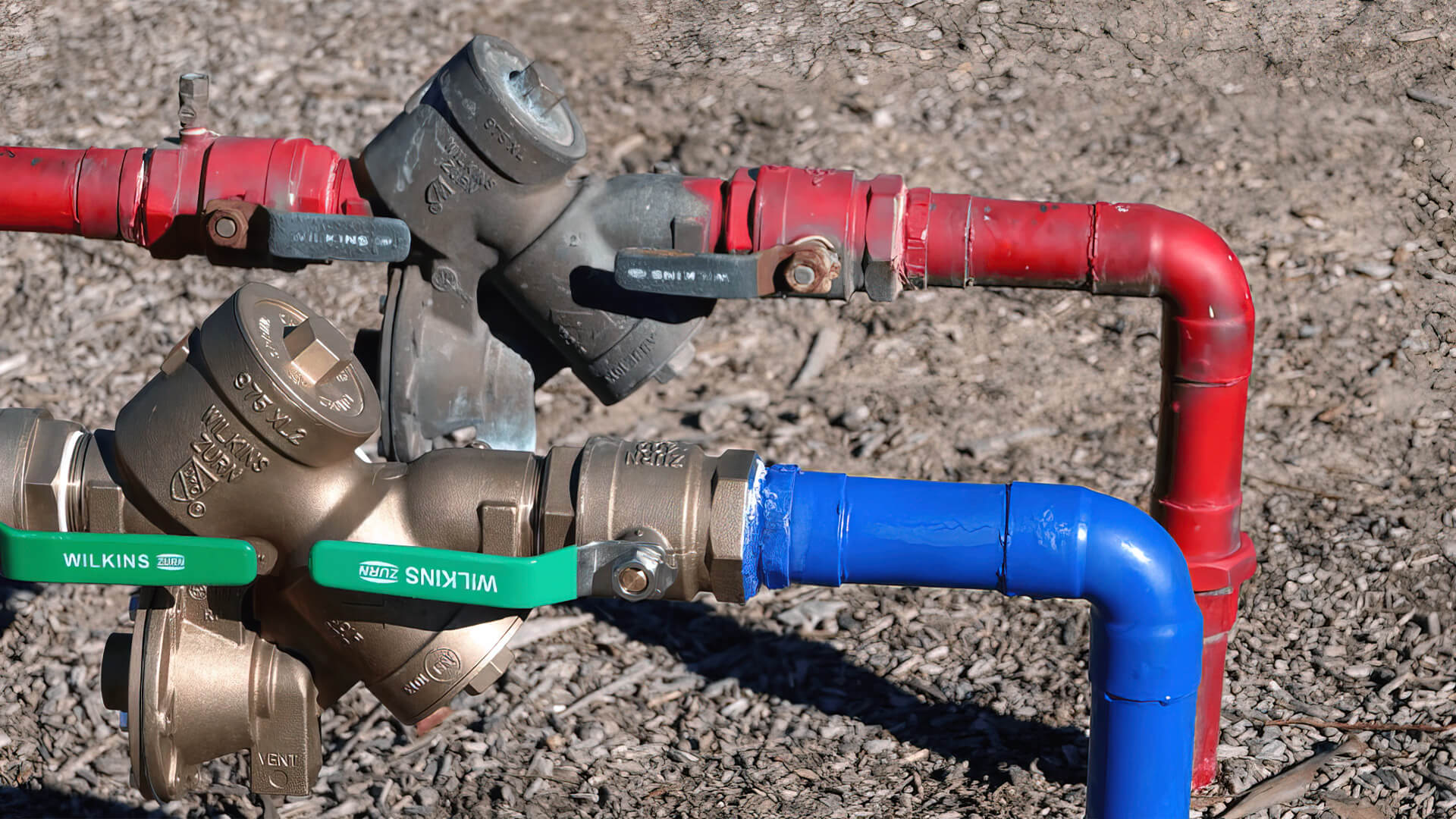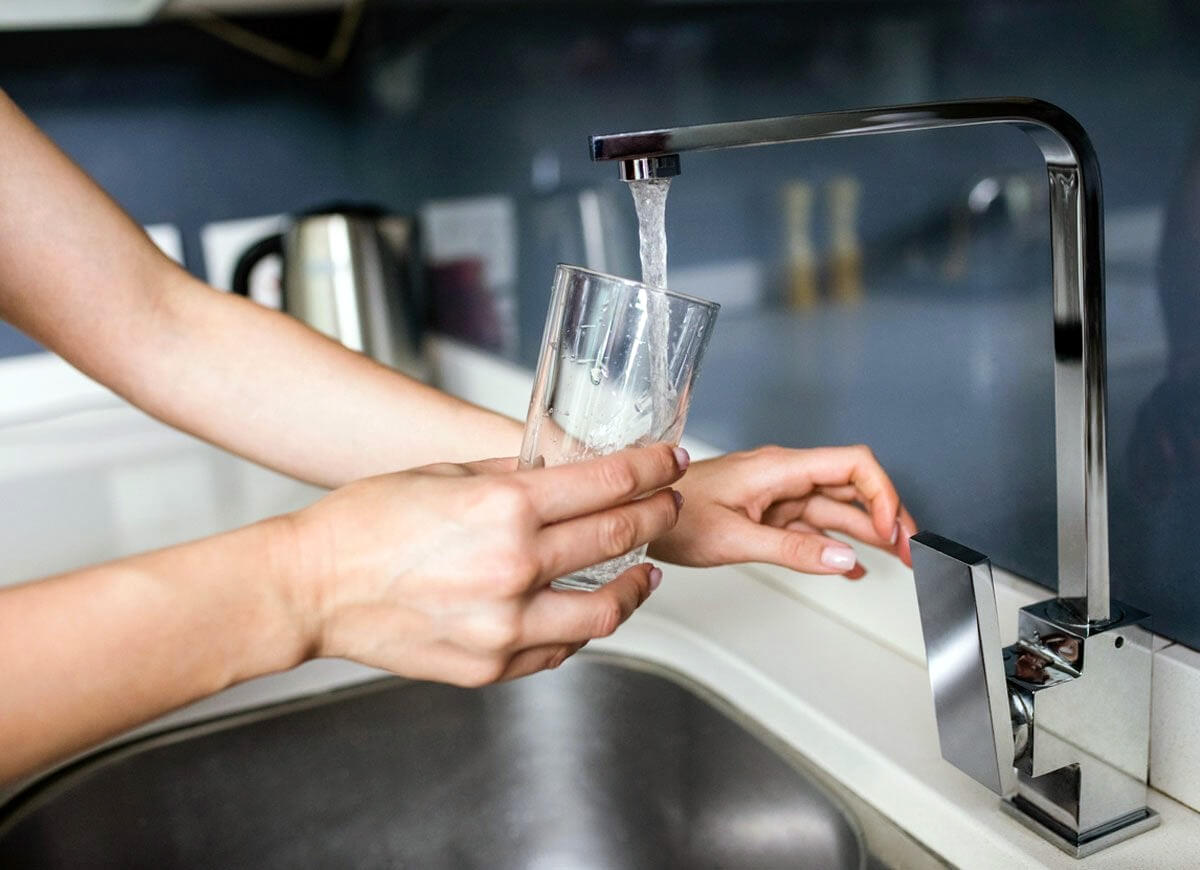Homeowners must be vigilant about adequately maintaining their residential plumbing system to avoid a water supply rife with contaminants like food waste, human waste, chemicals, pesticides, etc. However, it might be easier said than done.
A backflow device is designed to ensure a clean water supply by keeping water moving in one direction, preventing reverse flow into the plumbing system. These devices are often overlooked, especially in small residential properties, because they aren’t always necessary for single-family homes without irrigation systems. They’re mostly found in larger homes or commercial settings and need careful maintenance to protect things like irrigation systems.

A broken backflow device can lead to contaminated water, posing serious health risks to residents. However, it’s possible to spot a faulty backflow device early if you know what signs to look for. Let’s talk about the seven most common indicators showing your backflow preventer needs urgent repair.
What Is A Backflow Preventer?
Before identifying the signs of backflow repair, you must clearly understand backflow preventers. You can usually find this mechanical device in the water metre as it maintains the unidirectional flow of water to prevent contamination.
It prevents dirty water from flowing backward into the pipes and contaminating the clean water. This is vital for keeping your home’s drinking water clean and safe.
There are different backflow devices, and it’s best to contact a professional technician if you need a backflow repair. Before installing a suitable device to fulfil your plumbing requirements, they can assess the hazard, which can vary significantly between a residential and commercial property.
How Does The Water Become Contaminated?

Dirty water containing chemicals, pesticides, food or human waste can pose severe health risks if mixed with clean drinking water. Usually, two reasons can cause the dirty water to flow in the opposite direction, and they are as follows:
- Increase in water pressure flowing down your plumbing system
- Decrease flow or water pressure somewhere inside the house
The risks of water contamination are higher in restaurants, salons, lawn sprinklers, or car washes.
What Are The Signs You Need A Backflow Repair?

1. Water Leakage
The most common sign of a busted backflow device may either be your drains are draining slowly or you have frequent water leaks. It’s time to repair the backflow device if water keeps leaking around the commercial or residential property, no matter how many times you change the pipes.
Even though these leaks indicate minor plumbing problems, like a burst or broken pipe, hire a professional plumber immediately and don’t ignore the signs. They can assess and fix the problem to prevent water contamination and avert long-term plumbing damage.
2. Dip In Water Pressure
If your backflow device starts to fail, you might notice increased water levels or a sudden drop in water pressure around the house, like in kitchen faucets, showerheads, and sinks. Backflow creates a vacuum effect that disrupts normal flow, leading to decreased water pressure.
As the pressure builds up inside your plumbing system, the water pipes are at a higher risk of bursting, which adds to the backflow issue. So, carefully check the water pressure around your house to determine when to repair your backflow device.
3. Weird Taste
If your water starts tasting off, it’s a sign that your backflow device might be malfunctioning and needs quick repair. As the water gets contaminated, its sulphur content rises, and high sulphur levels can make you quite ill.
Drinking this tainted water can lead to conditions like diarrhoea or even cholera.
4. Water Discolouration
Water discolouration is another common sign that shows you need a new backflow device. Clean water has a transparent colour. Contaminated water looks dirty and has odd colours, like pink, yellow, or muddy brown.
Avoid drinking if the water from your faucet or sink shows apparent discolouration. Under such circumstances, the safest option for your discoloured water is to immediately call emergency plumbing services and fix the backflow device.
5. Specific Smell
Not only taste and colour but the smell of your water will also be affected if the backflow device starts malfunctioning. You might notice that the water gives off a foul stench whenever you open the faucet.
This foul smell builds up inside the water pipes and gets released with the water when you turn on the faucet. You can also identify the smell of rotten eggs due to the high sulphur content of the contaminated water.
6. Visible Particles
Seeing rust particles and sediment in your water is a clear sign of backflow trouble. Contaminated water brings in debris that mixes with your clean supply. If you spot these floating in water, avoid using it for drinking or cleaning and get a backflow repair done right away.
7. Slow Drainage
Slow drainage often points to backflow issues, suggesting your device needs replacing. You might notice sluggish drainage in sinks, showers, dishwashers, and other areas. If your drains are near overflowing, it may be time for an urgent backflow repair.
Check, Maintain and Repair Your Backflow; hire An Expert
There are various backflow prevention devices out there, like single check, reduced pressure zone, and dual check. Most Aussie homes rely on testable ones, which need a pro plumber for yearly maintenance, followed by reporting to the relevant authorities. A dodgy plumbing setup with a faulty backflow device risks the safety of your drinking water, creating major health concerns. Regular upkeep is key to keeping your supply safe and dodging pricey fixes.
Keep an eye out for the signs mentioned above to see if your backflow device is up to scratch. If you spot any of these seven signs, don’t hesitate to get in touch with a licensed plumbing expert. Contact us!
If you’ve got plumbing issues related to backflow prevention, from backflow device installation to repair and maintenance, our team of experienced plumbers have the skills and knowledge to provide you with the best quality plumbing services. Get in touch with our experts today!














